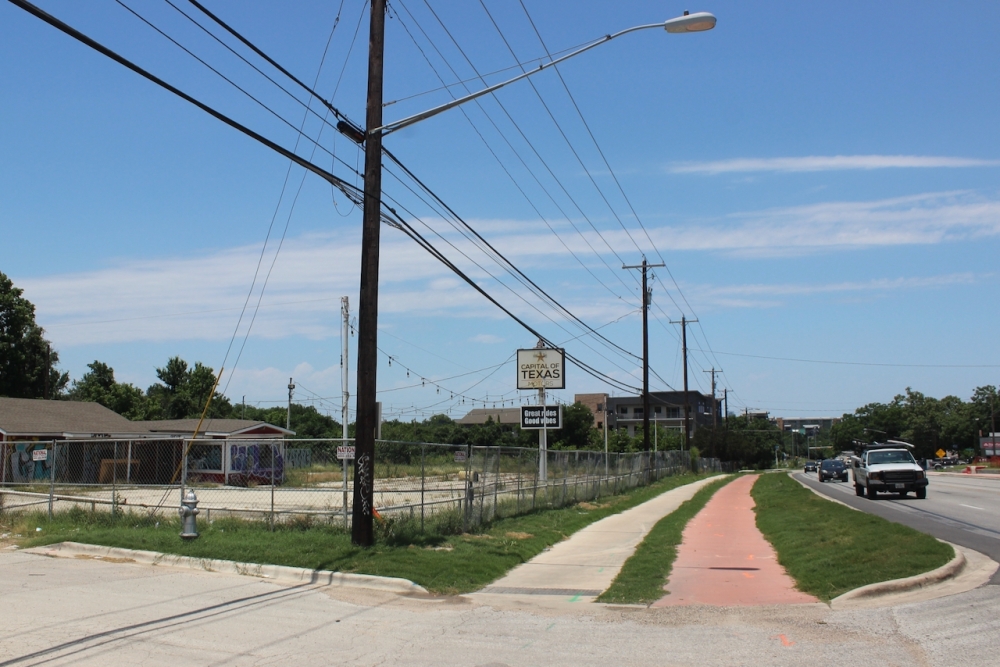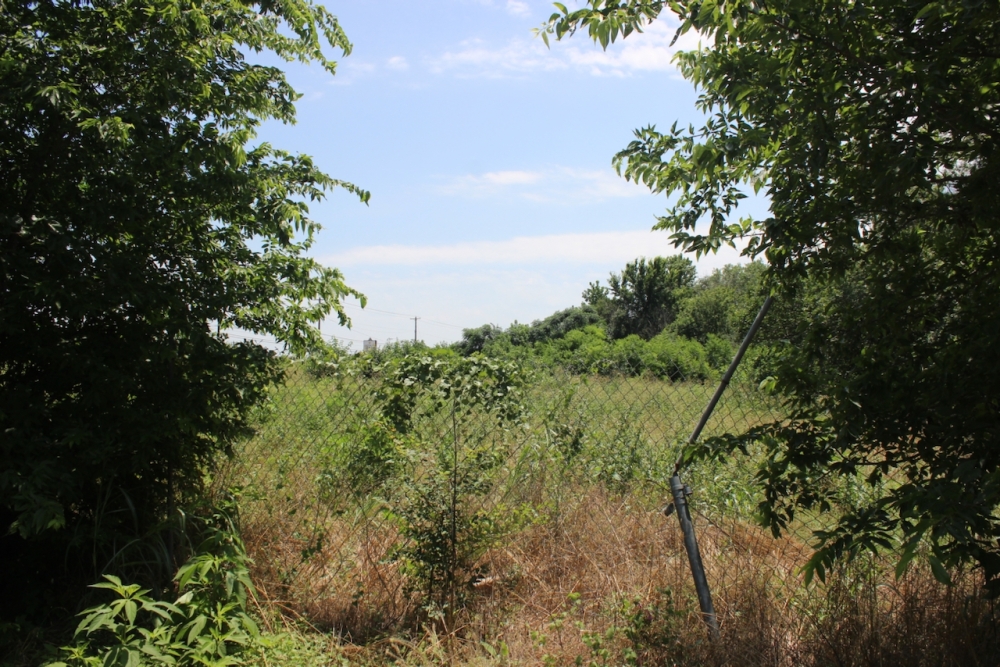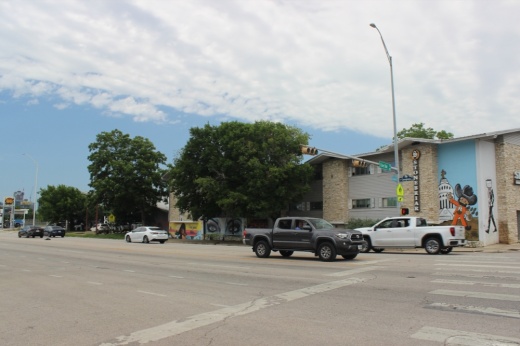The big picture
City Council members signed off on mixed-use rezonings for multiple properties around South and East Austin on May 30, the first such approvals under the city's new DB90 regulations.
DB90—a density bonus program granting up to 90 feet of building height—allows for larger buildings with residential and commercial space in certain parts of the city.
The program requires some of the new housing to be reserved as affordable for lower-income residents and for street-level commercial space to be included to encourage pedestrian activity.
Council established DB90 in February as a replacement for VMU2, which had similar guidelines and expanded on the existing vertical mixed-use affordable building program.
VMU2 was struck down in December after a group of residents successfully sued the city for its implementation, leading officials to revive the concept with DB90.
The specifics
The first group of DB90 zoning includes several properties along South Congress Avenue, including a proposed luxury condo project from developer Intracorp, and one at the intersection of East Seventh Street and Pleasant Valley Road.
Together, the four proposed new developments will bring more than 1,200 residences with thousands of square feet of office and retail space between them.
By the numbers
DB90 requires 10%-12% of new rental housing units to be affordable for tenants earning between 50% and 60% of the local median family income, or MFI. Currently, that income range is $40,900-$49,080 for individuals or $58,400-$70,080 for a family of four.
If ownership housing is created, developers must reserve 12% of those units for people earning up to 80% MFI or pay fees into a city affordable housing fund.

While three of the four cases reviewed May 30 advanced without debate, some neighbors organized against rezoning the property around 5402 S. Congress Avenue. Officials eventually voted through the DB90 change.
The case had previously earned support from the Planning Commission last year as a VMU2 project, but it didn't make it through City Council before that program was voided. The rezoning returned for officials' review this spring under DB90.
Some South Austin residents testifying May 30 said redevelopment of the vacant lots off South Congress next to the Sagebrush bar could be a welcome change for the area. However, they raised environmental concerns with the DB90 proposal from developer Rastegar Property Co., including removing trees and treating an uncharted waterway they call Mystery Creek.
“The property’s been totally neglected for the past six years. This is their third site plan. The first one was fairly reasonable. The second one, I think it was probably reasonable as well. But as soon as the density bonus affordability came along, they dropped that plan and went for this. And now we’re stuck defending Mystery Creek," said Brad Massingill of the Bird Streets of Pleasant Hill neighborhood group.

“We are designing this to save trees and really bring more neighbors to this neighborhood and provide housing in this area of town that is exactly where it is appropriate," Swor said.
Leslie Lilly, acting environmental officer with the Watershed Protection Department, told officials that city staff didn't identify any water features onsite and that any water passing through may be runoff from nearby properties.
Still, neighbors said they hoped for protections to maintain the local water feature through development.
“For the applicant to claim this is not a creek and worthy of our protection is a fabricated scenario of their own making. Rewarding such behavior with bonus programs and the like seems patently unfair to the neighborhood and an affront to our natural heritage and the trees we love so much," said resident Andrea McCartney.





